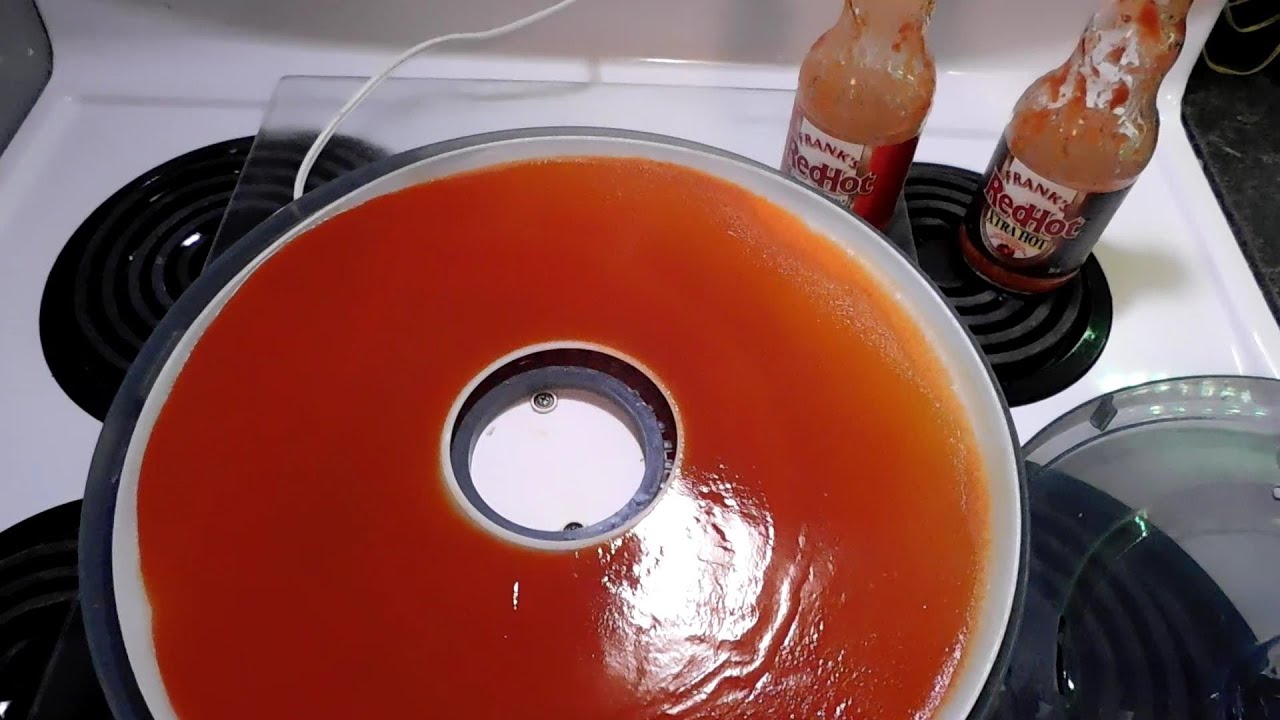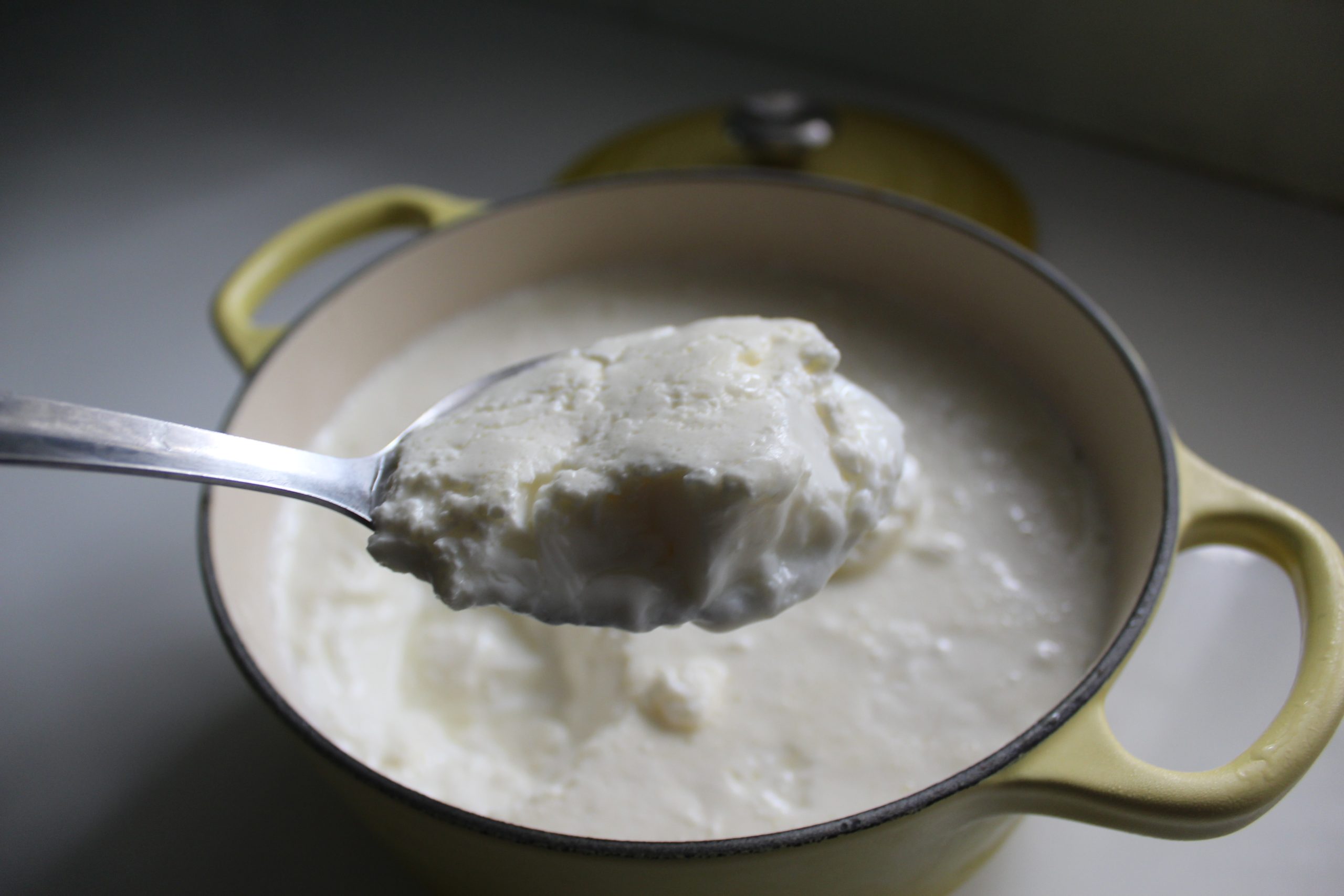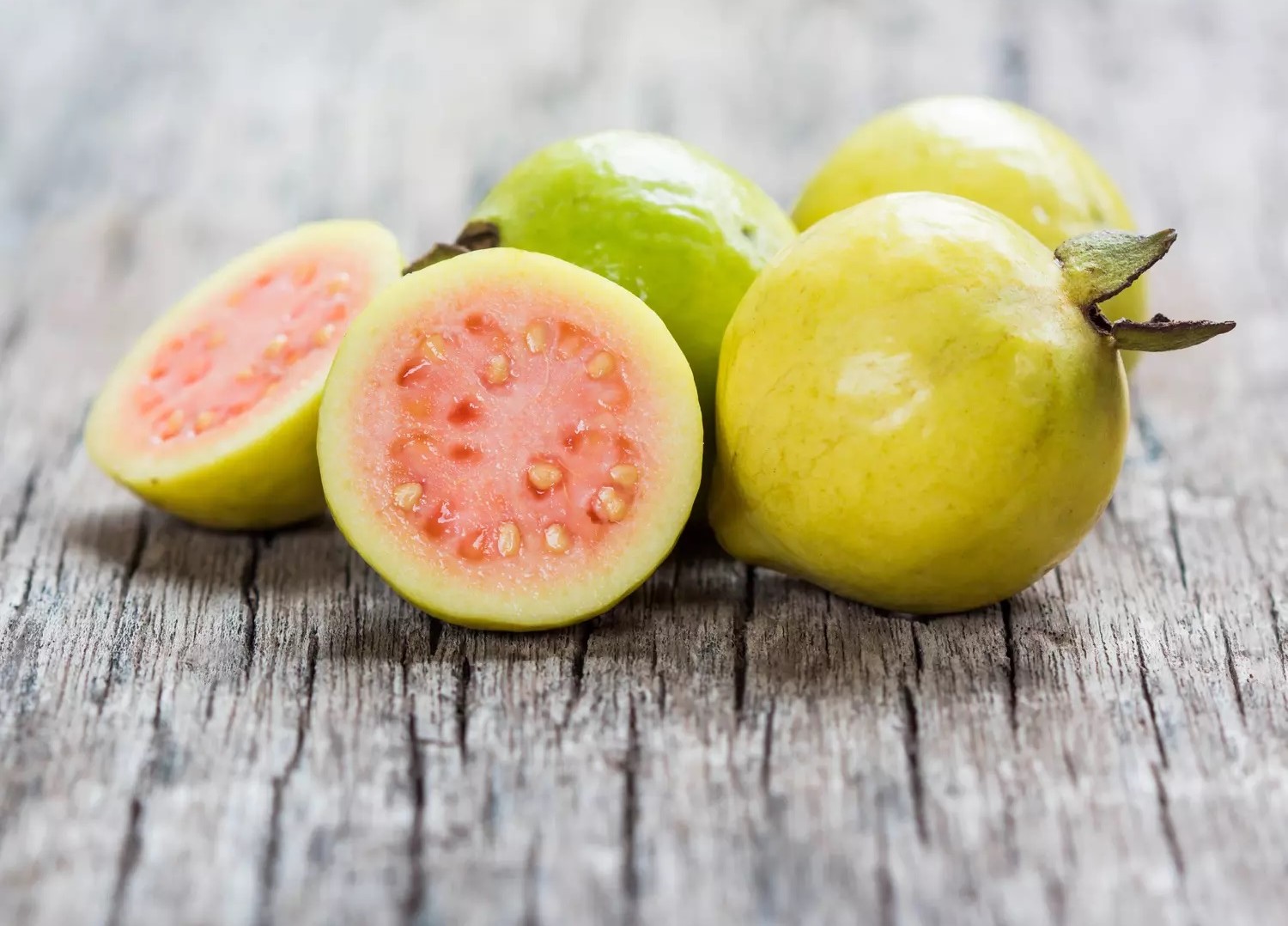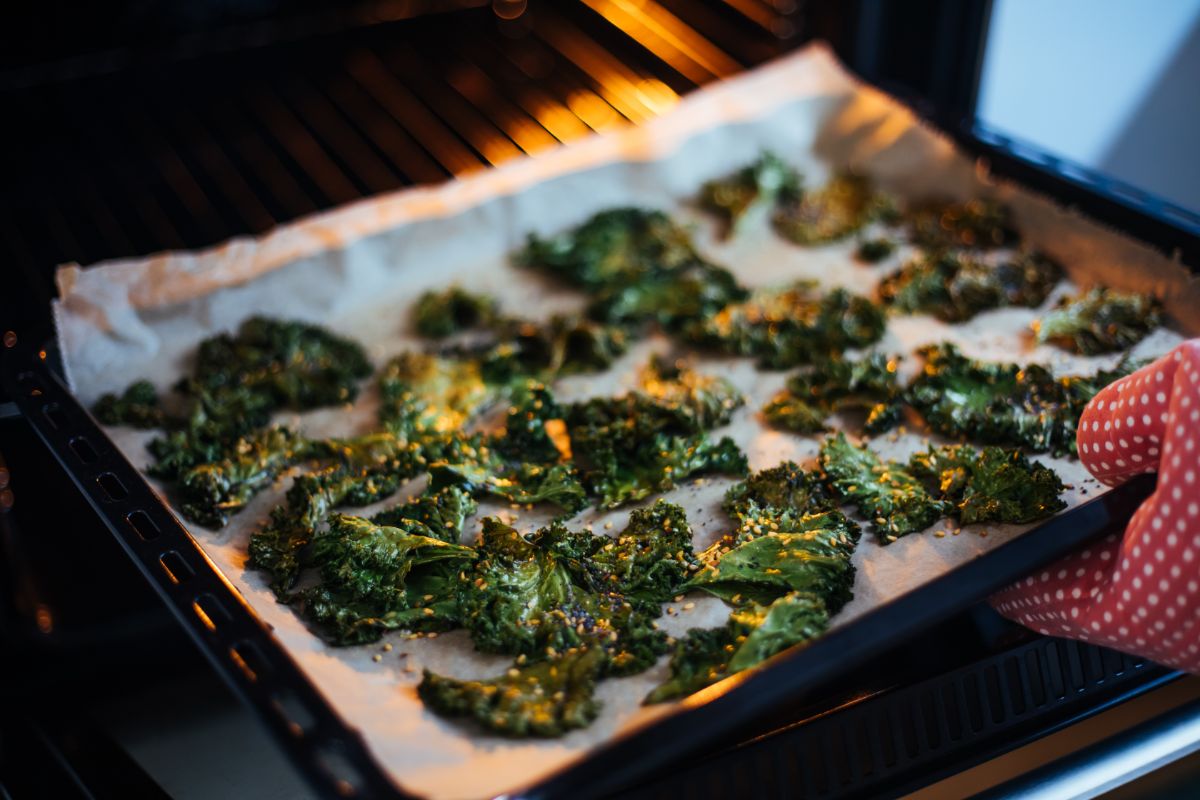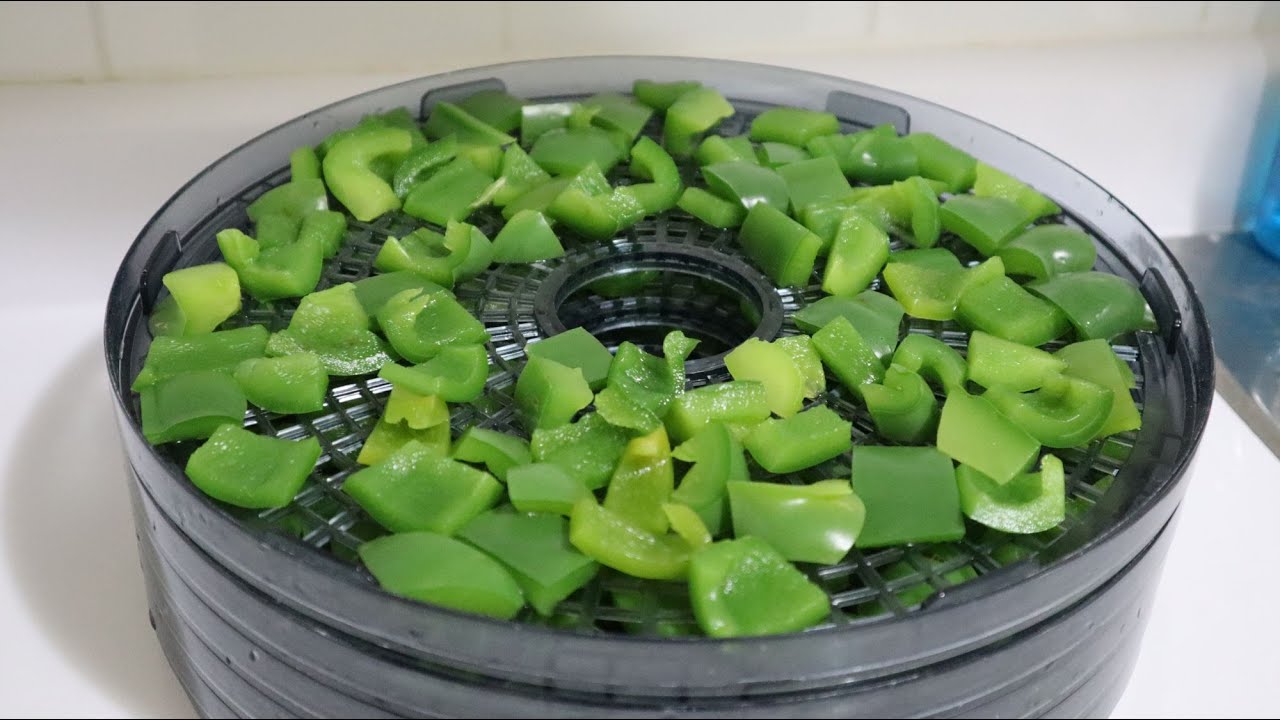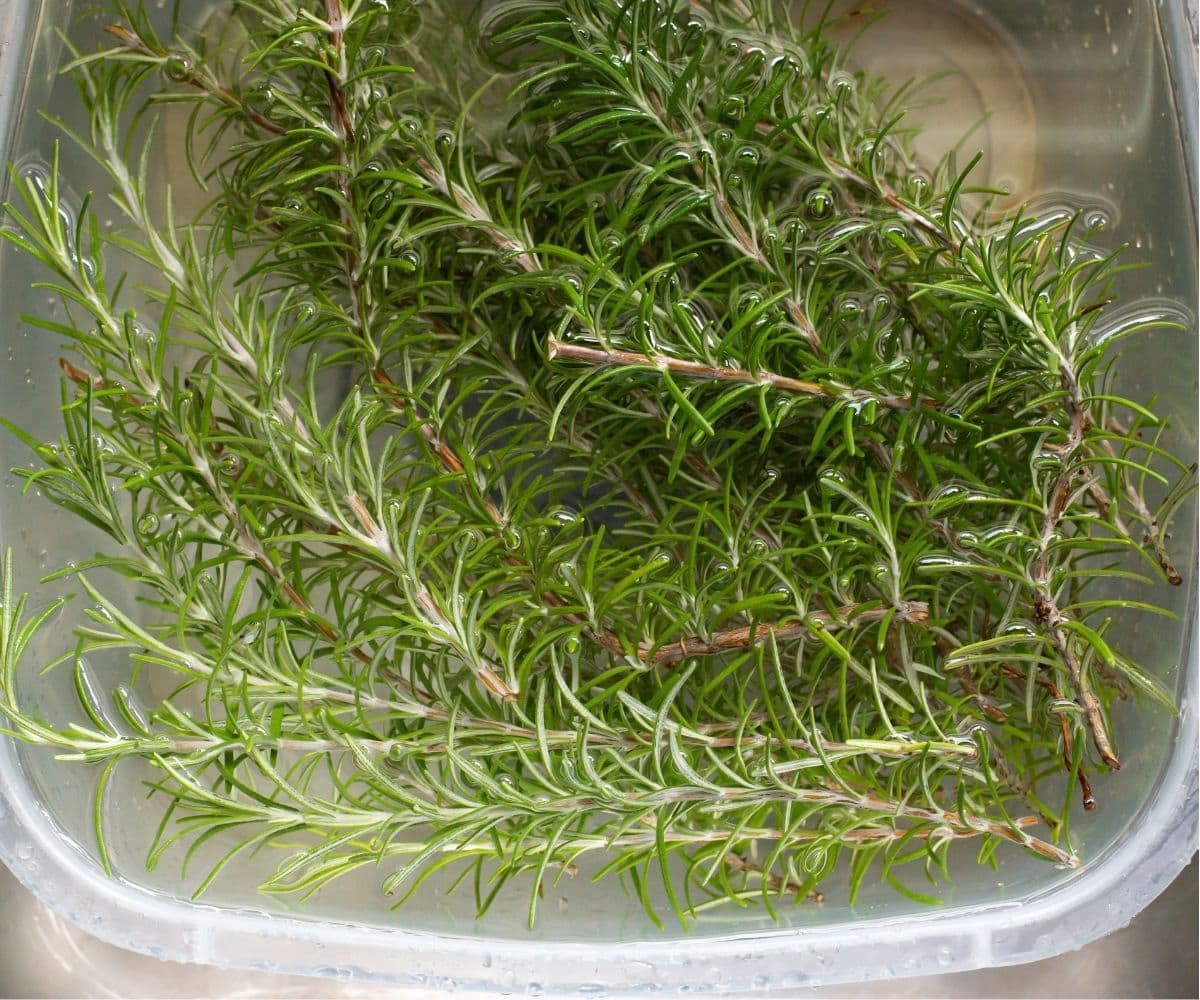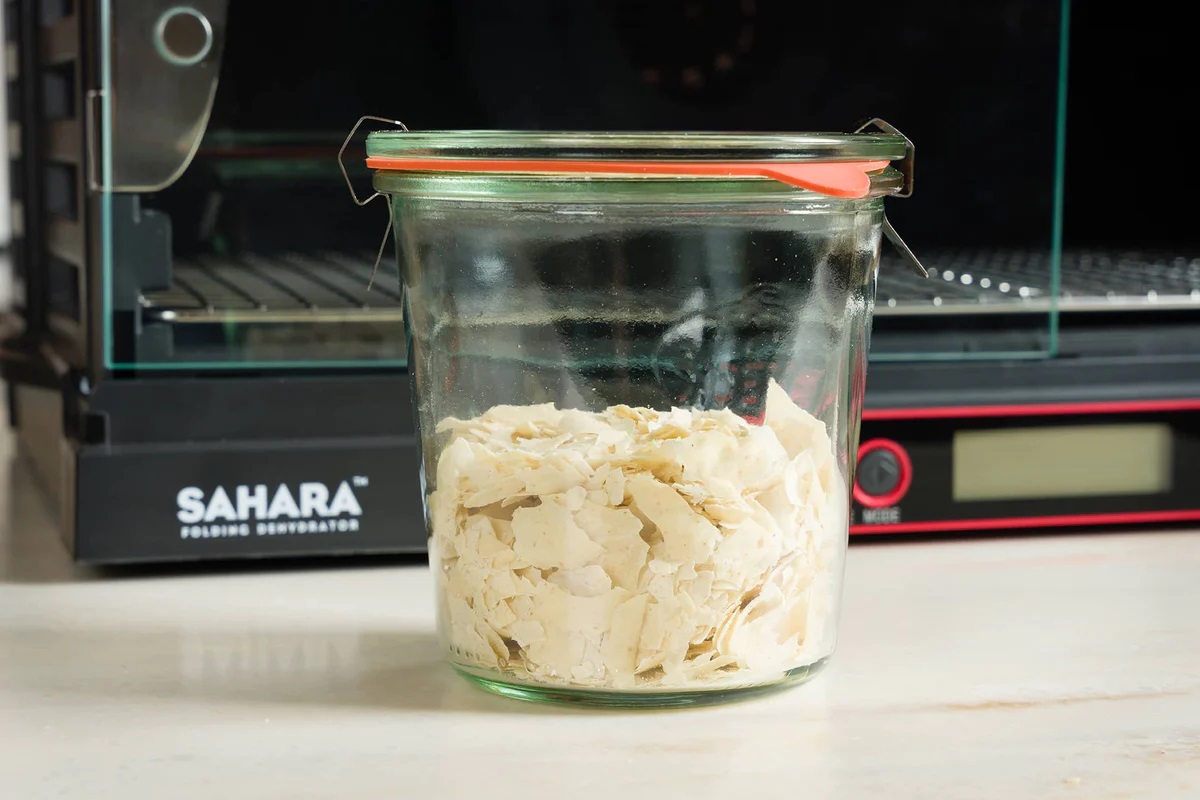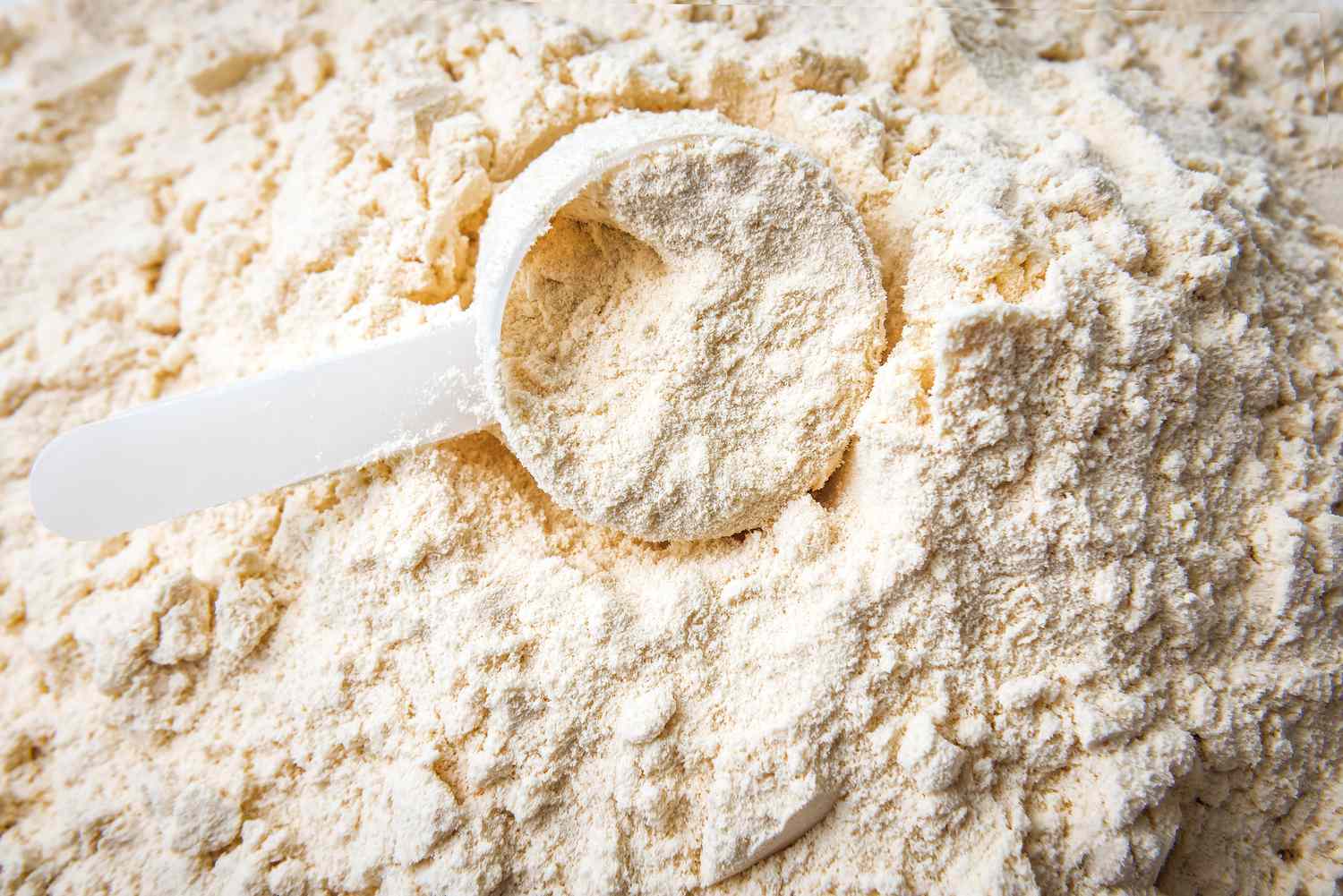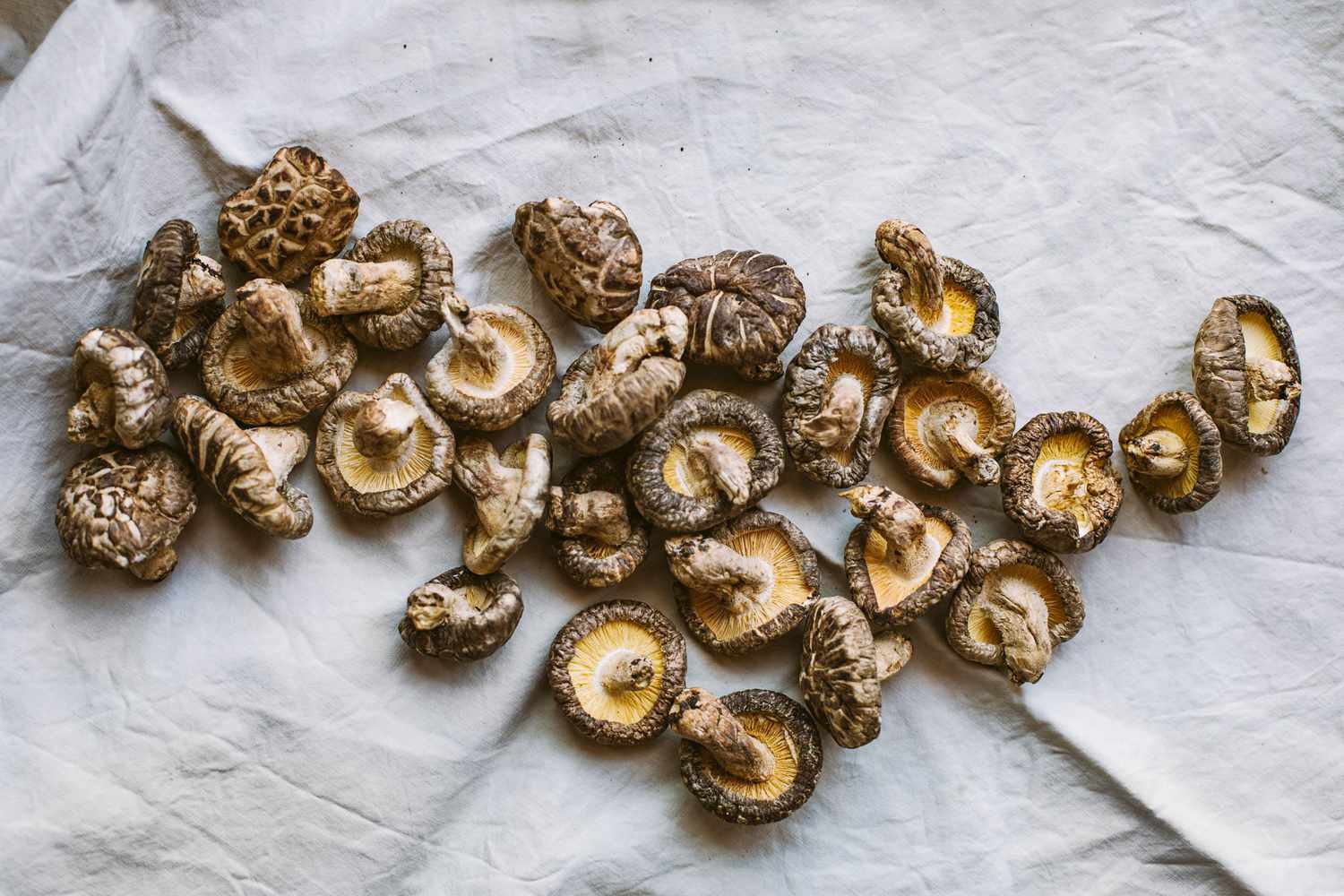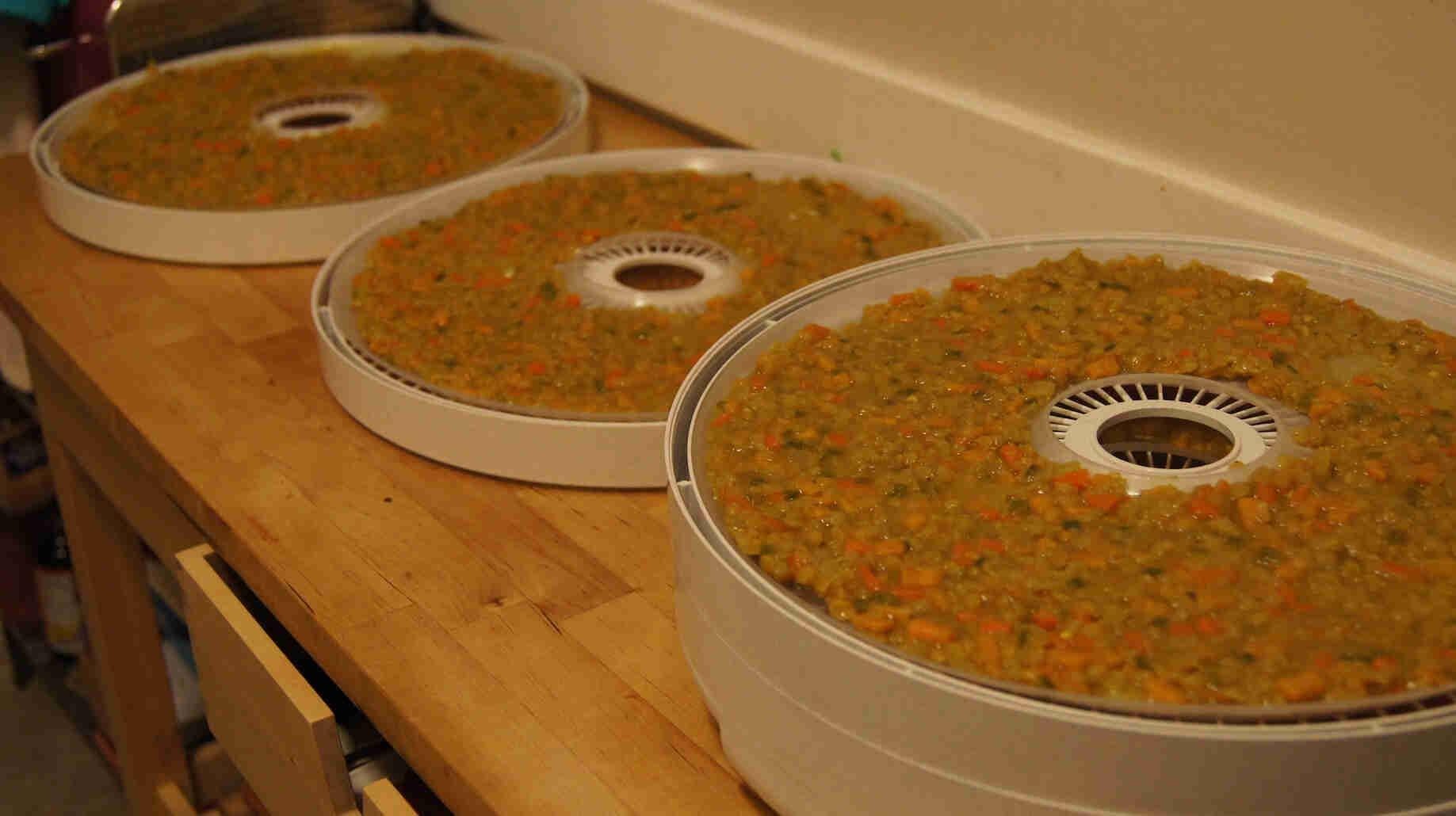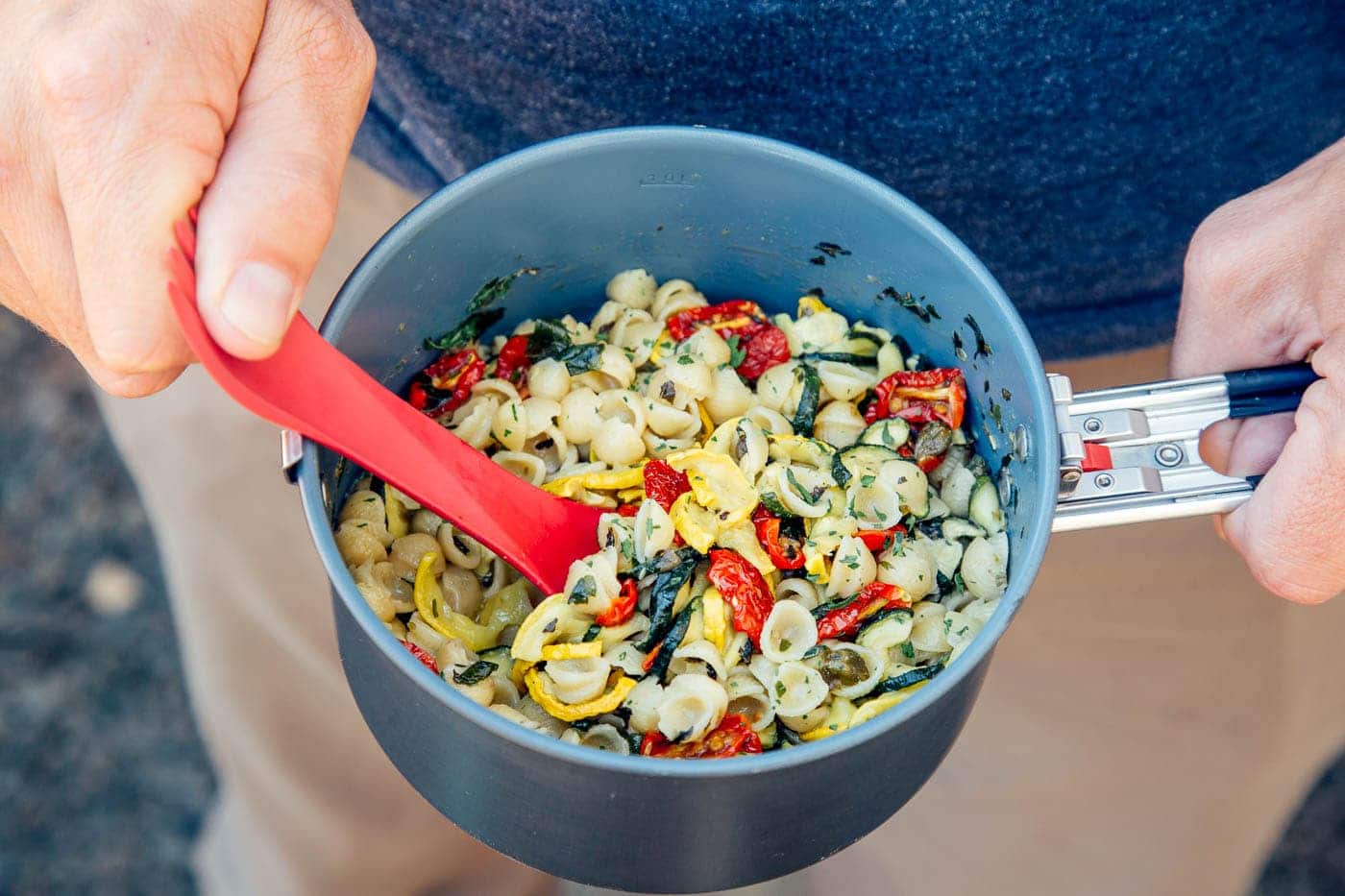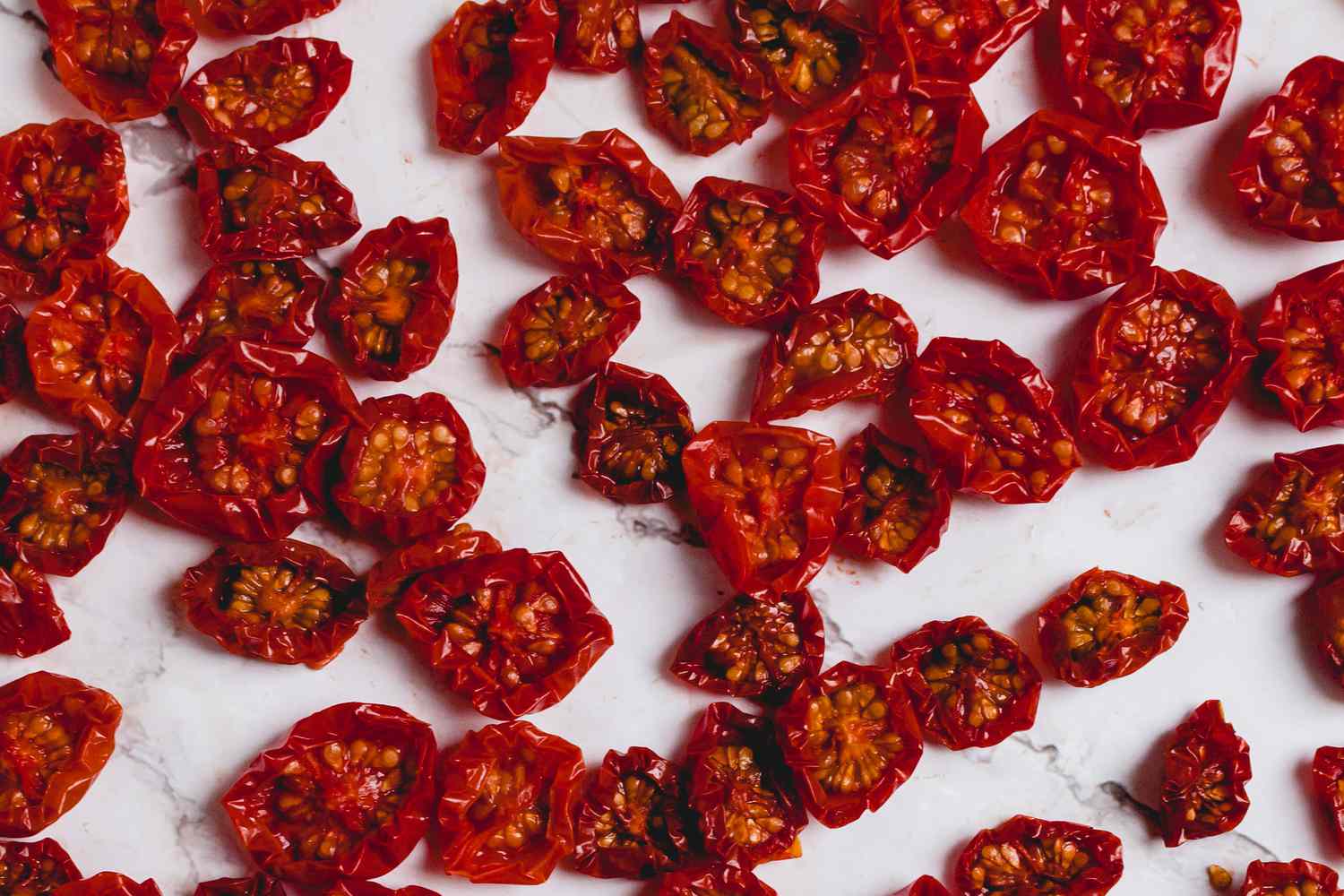Dehydrating ghee is a great way to extend its shelf life and create a convenient form for travel and outdoor activities. Ghee, a type of clarified butter, has a rich, nutty flavor and a high smoke point, making it a versatile cooking fat. By dehydrating ghee, you can turn it into a shelf-stable powder that can be reconstituted with water when needed. In this article, we'll explore the process of dehydrating ghee and how to use the dehydrated product in various applications.
What You’ll Need
Before you begin the dehydration process, gather the following materials:
- Unsalted ghee
- Dehydrator
- Parchment paper
- Airtight containers for storage
Steps for Dehydrating Ghee
Follow these steps to dehydrate ghee:
- Begin by melting the ghee in a saucepan over low heat. Stir occasionally to ensure even melting.
- Once the ghee is completely melted, pour it onto a parchment paper-lined dehydrator tray. Spread it into a thin, even layer to facilitate the dehydration process.
- Set your dehydrator to the lowest temperature setting, typically around 110°F (43°C), and dehydrate the ghee for 8-12 hours. Check the ghee periodically to ensure that it is dehydrating evenly.
- Once the ghee has dried to a crisp, carefully remove it from the dehydrator tray and allow it to cool completely.
- Once cooled, transfer the dehydrated ghee to an airtight container for storage. Store it in a cool, dark place away from direct sunlight and moisture.
Using Dehydrated Ghee
Dehydrated ghee has a variety of culinary applications:
- Reconstitute the ghee with water to create a spreadable consistency for use on toast, bread, or crackers.
- Add the dehydrated ghee to soups, stews, and sauces for a rich, buttery flavor.
- Sprinkle the dehydrated ghee over popcorn, roasted vegetables, or cooked grains for a savory kick.
- Use the dehydrated ghee as a base for seasoning blends and dry rubs for meats and vegetables.
Tips for Success
When dehydrating ghee, keep the following tips in mind:
- Use unsalted ghee to have more control over the final flavor of the dehydrated product.
- Ensure that the dehydrated ghee is completely cooled before transferring it to storage containers to prevent condensation and spoilage.
- Label the storage containers with the date of dehydration to keep track of freshness.
- Experiment with different temperatures and dehydration times to achieve the desired texture and flavor of the dehydrated ghee.
Conclusion
Dehydrating ghee is a simple process that can yield a versatile and long-lasting product for use in a variety of dishes. By following the steps outlined in this article and experimenting with different culinary applications, you can make the most of your dehydrated ghee. Whether you’re looking to extend the shelf life of ghee or create a convenient, travel-friendly form, dehydrating ghee is a worthwhile technique to explore.
Was this page helpful?
Read Next: How To Dehydrate Velveeta Cheese
